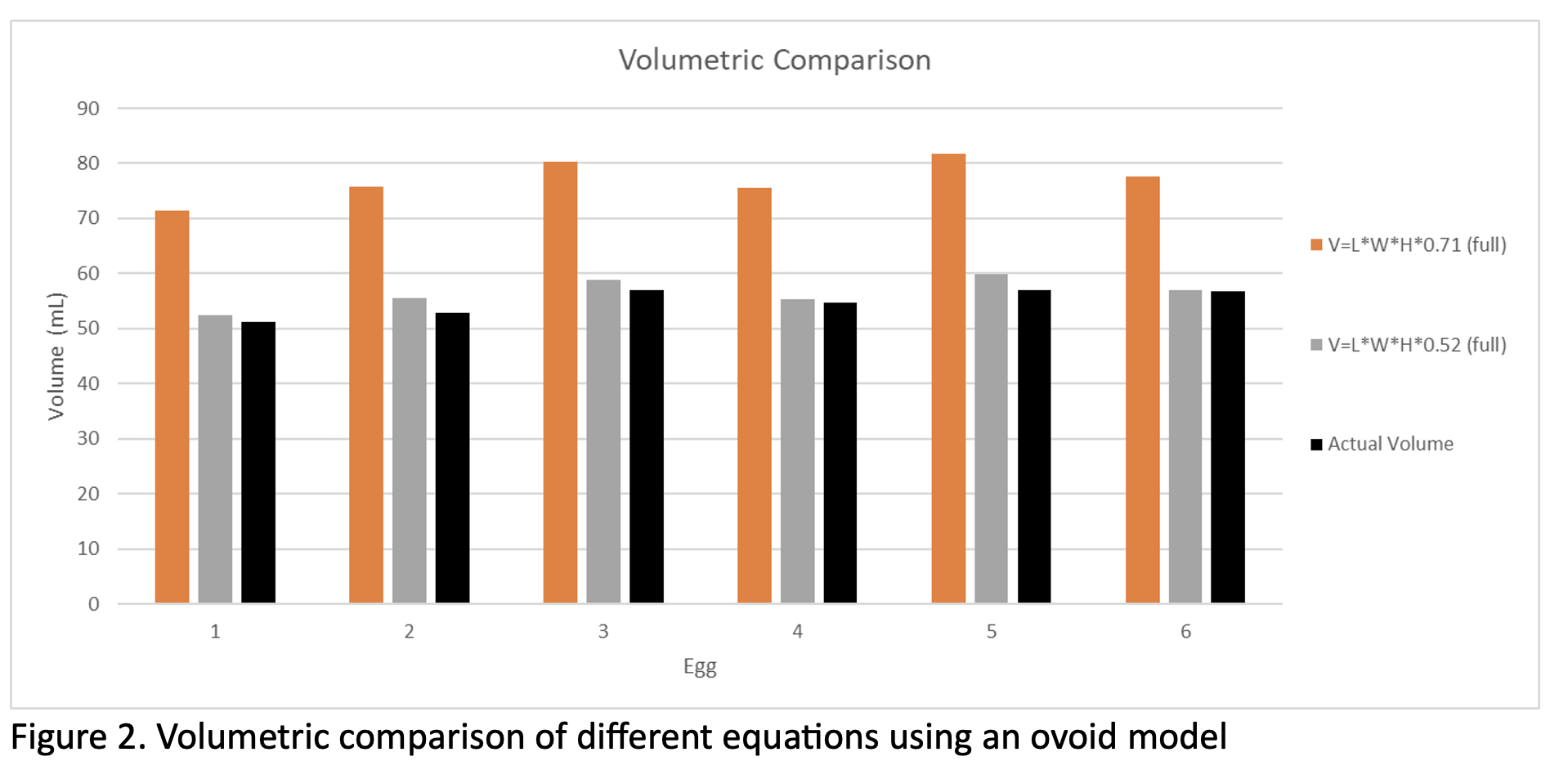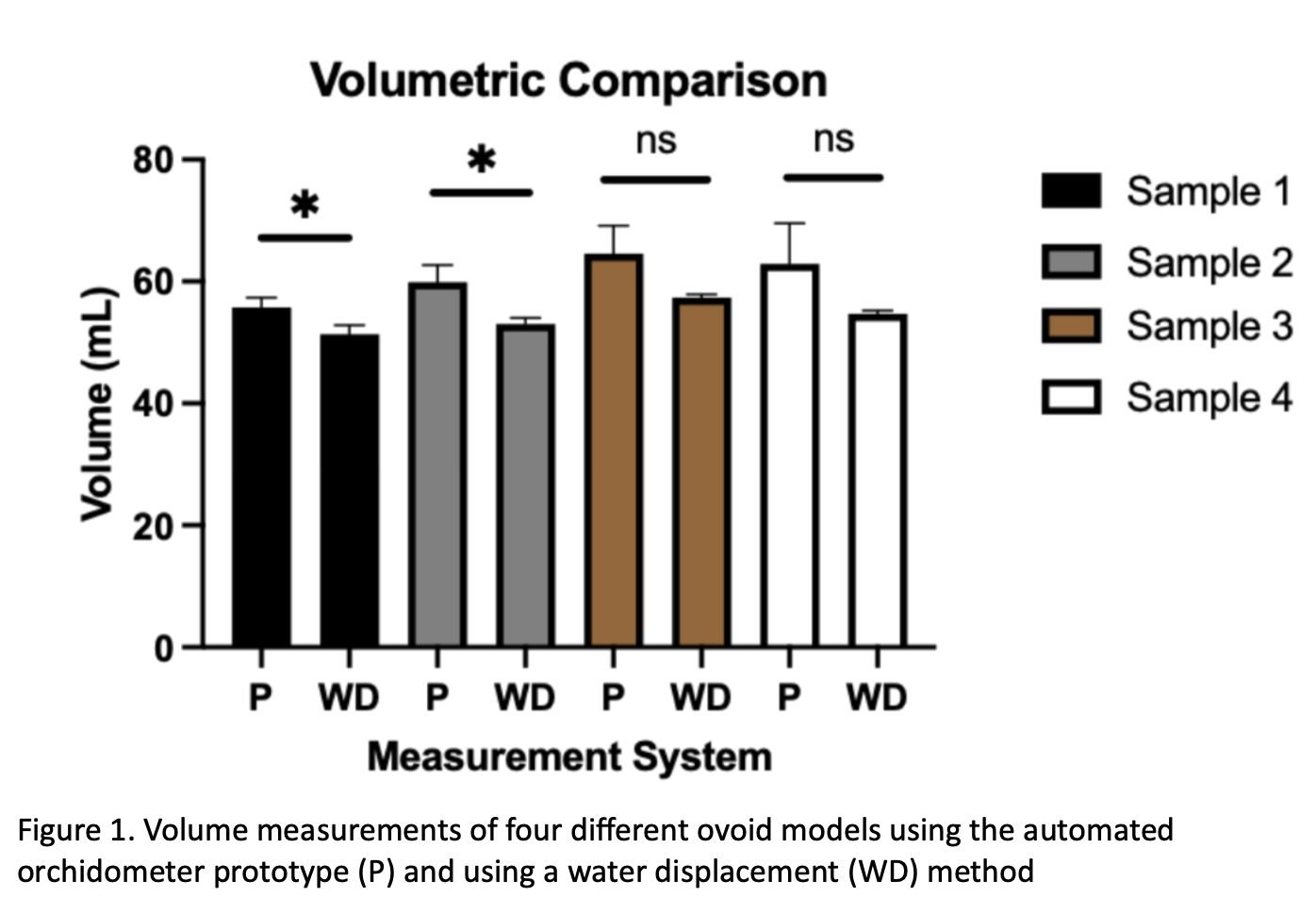Accurate Point-of-Care Testicular Volume Measurements for Pediatric Urologic Conditions Using a Novel Automated Orchidometer
Sam Matthew, BS1, Mikayla Arrington, BS1, Lucas Scott, BS1, Chloe Moeck, BS1, Caleb Russell, BS1, Madison White, BS1, Catherine Nguyen, MD2, Hannah Bachtel, MD2, Chester Koh, MD2.
1Texas A&M University, College Station, TX, USA, 2Texas Children's Hospital, Houston, TX, USA.
Background: Accurate measurements of testicular volume are needed for pediatric male patients with conditions such as undescended testicles, testicular torsion, and varicoceles. Currently available tools such as the Prader and Rochester orchidometers require estimations of testicular size based on comparisons to beads or cut-out holes in a frame and therefore are subject to variations in accuracy. The current gold standard for obtaining testicular volume is via ultrasonography, but repetitive scrotal ultrasounds for this purpose are cost-prohibitive, time consuming and subject to operator variations in measurements. Our goal was to develop a novel low-cost point-of-care automated orchidometer that can accurately measure testicular sizes / volumes for future use in a busy clinic setting.
Methods: An engineering and clinical team jointly produced a novel portable automated orchidometer device that utilized a rolling wheel and caliper system and light to measure the longitudinal circumference, width, and height of the ovoid objects such as testes. A light source with an integrated optical encoder and gear system captured the radial distance traveled, while a digitalized caliper measured the two linear dimensions. An ovoid benchtop model (egg) was used for benchtop size / volume measurements.
Results: The handheld low-cost automated orchidometer device accurately measured an ovoid benchtop model of testicular size/volume within 30 seconds. The device simultaneously captured all dimensions of the ovoid benchtop model. There were no significant differences between the device’s estimated volume measurements and the true volumetric measurements determined by water displacement including no statistically significant differences for samples 3 and 4 (Figure 1). Figure 2 highlights the effect of different equations for volumetric estimates.
Conclusion: A novel hand-held automated orchidometer can promptly and accurately provide volume measurements similar to measured displacement volumes. Rapid, low cost measurements are possible with this device. Future studies in clinical settings will assess the patient and provider usability of this device for the assessment of pediatric testicular conditions.


Back to 2023 Abstracts
